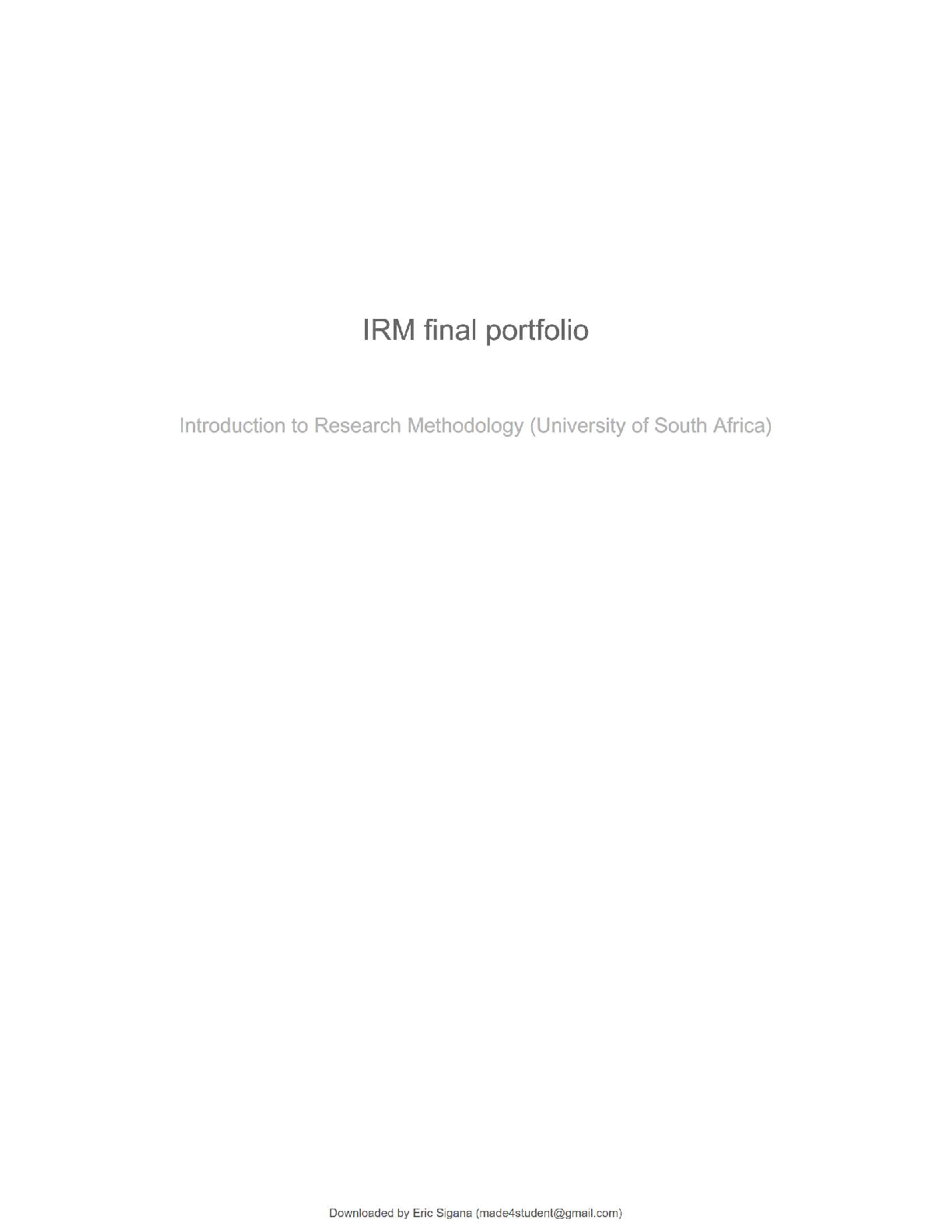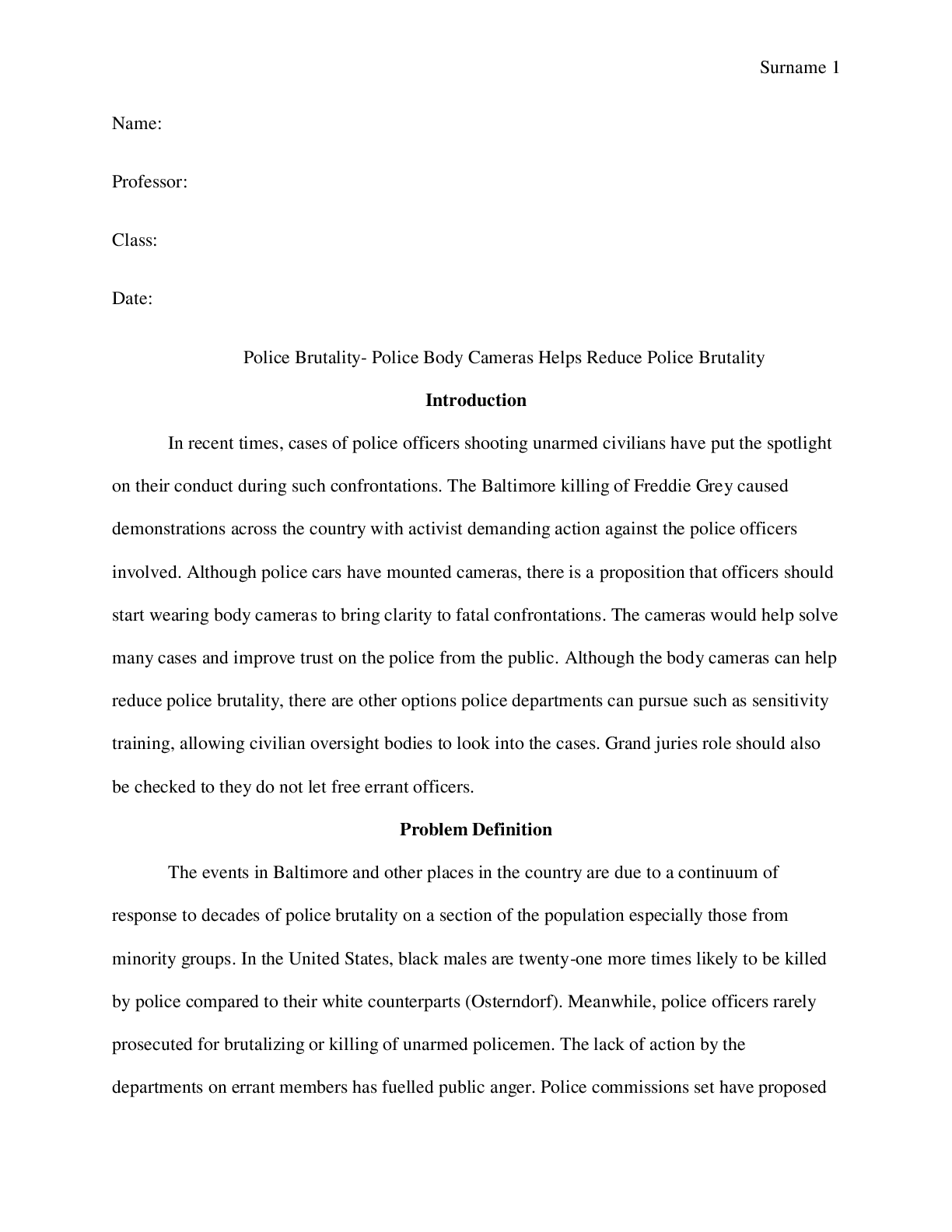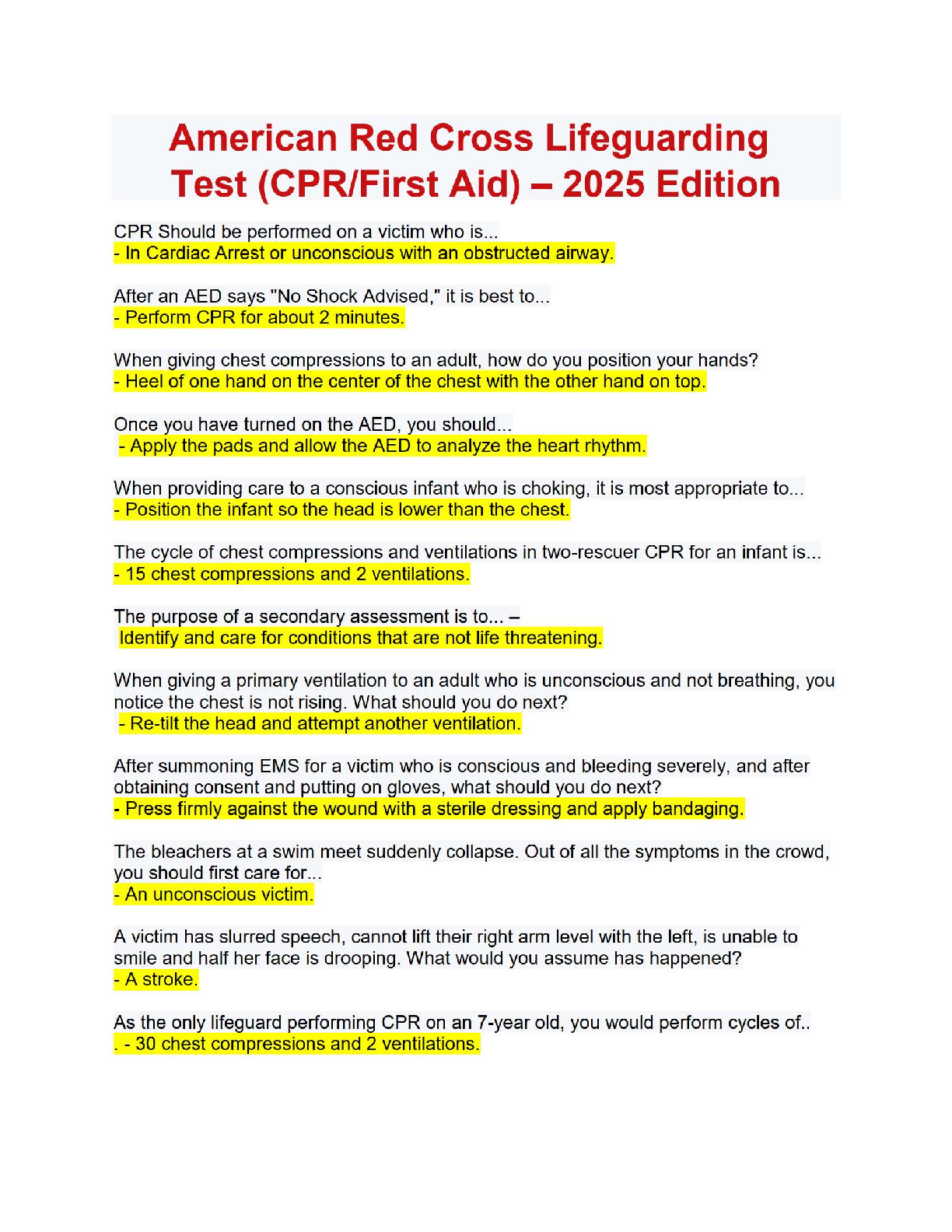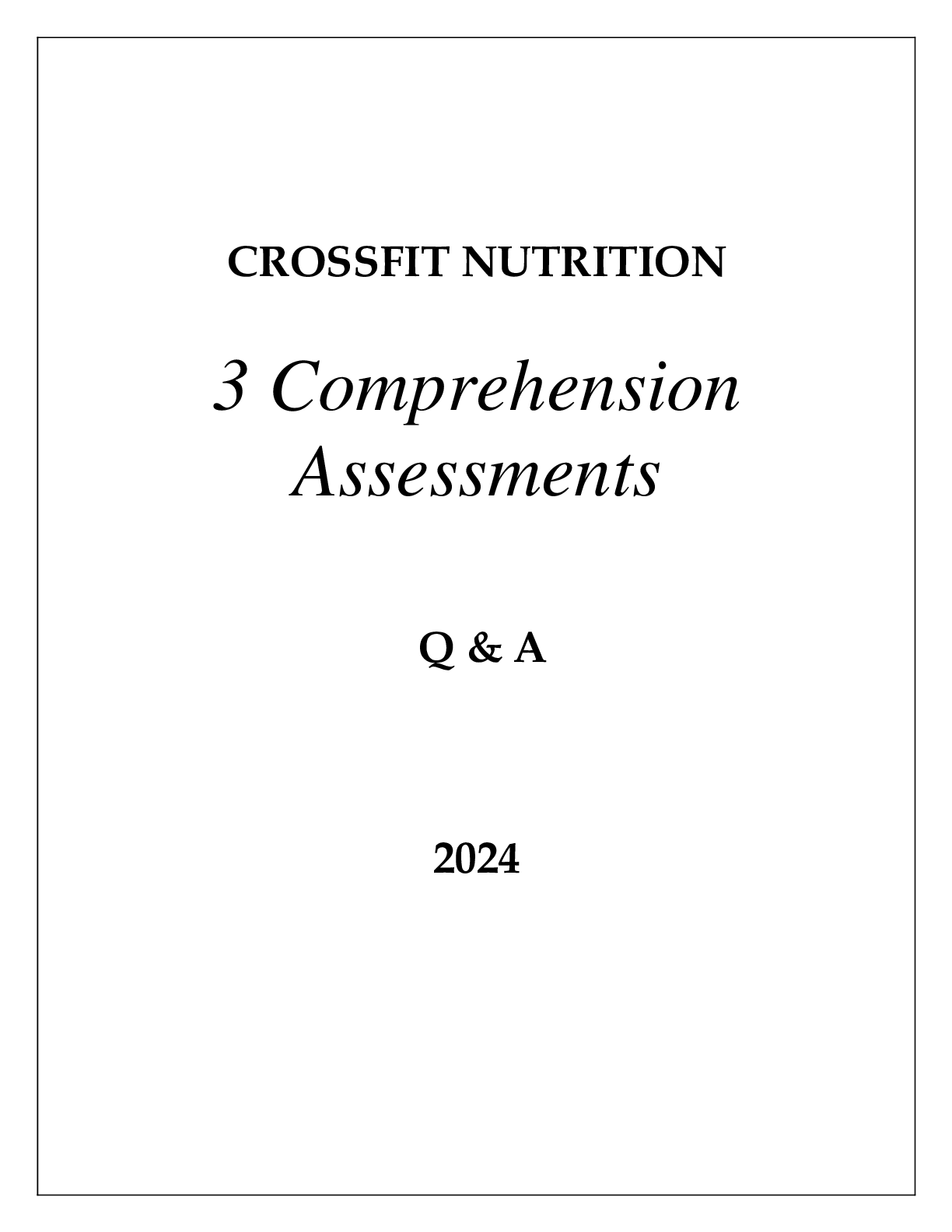*NURSING > ESSAY > NR 503 Week 6 Assignment: Epidemiological Analysis: Chronic Health Problem (All 5 Topics) (All)
NR 503 Week 6 Assignment: Epidemiological Analysis: Chronic Health Problem (All 5 Topics)
Document Content and Description Below
Epidemiological Problem: Chronic Obstructive Pulmonary Disease Chamberlain College of Nursing NR 503: Population Health, Epidemiology, & Statistical Principals January, 20172 Chronic Obstructive ... Pulmonary Disease Evaluation Epidemiological Problem: COPD in Kentucky Chronic obstructive pulmonary disease (COPD) is a chronic lung disease that is a major cause of disability and is the third leading cause of death in the United States (National Heart, Lung, and Blood Institute, 2013). More than 11 million people have been diagnosed with COPD but millions of others live with this chronic disease undiagnosed (American Lung Association, 2016). The World Health Organization (WHO) estimated that COPD will rank fifth in the global burden of disease by 2020 (as cited in Kamour, Mannino, & Kanotra, 2015). The prevalence of COPD in the U.S. was 6.1% in 2011 and increased with age (as cited in Kamour, Mannino, & Kanotra, 2015). Worldwide, about 3 million deaths were caused by COPD in 2015 (WHO, 2016). In the state of Kentucky, lung disease is the third leading cause of death (Centers for Disease Control and Prevention (CDC), 2016b). Kentucky ranked the highest of all 50 states in prevalence of COPD at 9.3% (American Lung Association, 2013). COPD can be prevented in some cases but is not curable once it develops. This paper will discuss the background of COPD including; definition, description, signs and symptoms, and statistics of COPD; review current surveillance and reporting methods; conduct a descriptive analysis of the epidemiology of COPD; diagnosis, screening and prevention of COPD and a plan to address COPD and measure the outcomes as an advanced practice nurse. Background and Significance of COPD Definition and Description COPD refers to a group of chronic lung diseases that cause a blockage in airflow and problems with breathing (CDC, 2016a). The chronic lung diseases that are included in COPD diagnosis are emphysema, chronic bronchitis and occasionally asthma (CDC, 2016a). COPD3 Chronic Obstructive Pulmonary Disease effects the airway, air sacs, and lung tissue (American Lung Association, 2016b). COPD causes the airway to become thick and swollen, elasticity of the airway and air sacs to be lost, tissue of the lungs is destroyed and an increase in mucus production causes blockage of the airway (American Lung Association, 2016b). These effects of COPD increase the demand for oxygen within the body and make simple activities, such as walking, very difficult. Emphysema involves progressive damage of the lung tissue, specifically the alveoli (small air sacs) (American Lung Association, 2013). Chronic bronchitis is chronic inflammation of the bronchi (medium air sacs) that causes a constant cough and excessive mucus production (American Lung Association, 2013) [Show More]
Last updated: 3 years ago
Preview 1 out of 15 pages
.png)
Buy this document to get the full access instantly
Instant Download Access after purchase
Buy NowInstant download
We Accept:

Reviews( 0 )
$11.00
Can't find what you want? Try our AI powered Search
Document information
Connected school, study & course
About the document
Uploaded On
Aug 06, 2021
Number of pages
15
Written in
All
Additional information
This document has been written for:
Uploaded
Aug 06, 2021
Downloads
0
Views
136





.png)

















